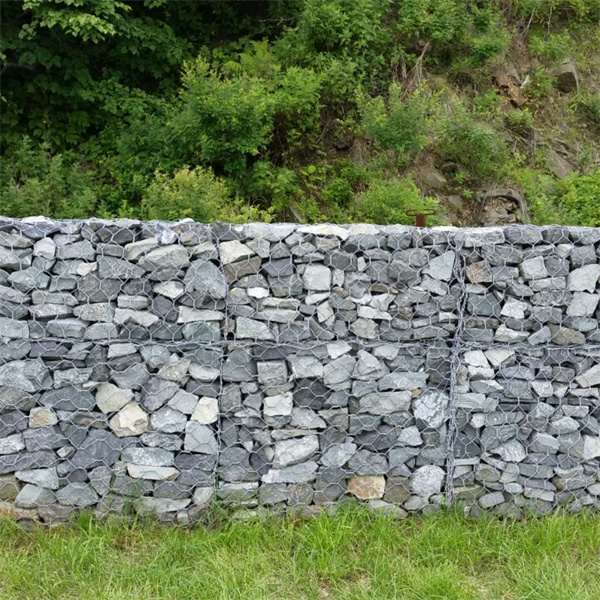okt . 01, 2024 06:14 Back to list
Gabion Wall Construction Techniques and Key Manufacturers for Effective Retaining Solutions
Understanding Gabion Wall Structure Factories A Key to Sustainable Construction
Gabion walls, made from wire mesh and filled with stones or other materials, have gained popularity in recent years as an effective and sustainable solution for various construction and landscaping needs. With their increasing demand, gabion wall structure factories have become integral to the construction industry, providing tailored solutions that blend functionality with environmental responsibility.
The Basics of Gabion Walls
Gabion walls consist of large cages (known as gabions) filled with rock, concrete, or even recycled materials. These walls serve multiple purposes, including erosion control, slope stabilization, noise barriers, and decorative elements in landscaping projects. The design is not only aesthetically pleasing but also beneficial for soil conservation and managing water runoff. This dual functionality is what makes gabion walls a preferred choice in many construction projects.
The Role of Gabion Wall Structure Factories
Gabion wall structure factories specialize in the production of the necessary components for constructing gabion walls. These factories manufacture wire mesh cages in various sizes and shapes, ensuring that the end product meets specific project needs. The factories also provide a range of filling materials, from natural stones to recycled concrete, contributing to the sustainable ethos that underpins gabion technology.
One of the key advantages of gabion wall structure factories is their ability to customize products. Each construction site presents unique challenges, such as soil composition, local climate, and design preferences. Factory-produced gabions can be built to suit these specific requirements, allowing for effective solutions that enhance the performance of the finished structure.
Sustainability and Environmental Impact
gabion wall structure factories

The increasing emphasis on sustainable construction has propelled gabion walls into the spotlight. Factories that produce these walls align with contemporary environmental standards by utilizing locally sourced materials, minimizing carbon footprints associated with transportation, and employing eco-friendly manufacturing processes. Gabion walls themselves can help reduce the ecological impact of construction by enhancing natural drainage patterns and reducing erosion.
By opting for gabion walls, builders can contribute to a circular economy, where materials are reused and repurposed. Factories focusing on recycling can provide recycled materials as filling for the gabions, allowing builders to reduce waste and promote sustainability. This blend of durability and ecological friendliness is a significant draw for both contractors and clients.
Quality Control and Standards
Quality assurance in gabion wall structure factories is critical to ensuring the longevity and stability of the walls produced. Factories must adhere to strict quality control measures, ensuring that all materials, from wire mesh to filler stones, meet industry standards. Rigorous testing of materials helps guarantee that the walls will withstand environmental pressures, such as heavy rain, shifting soil, and extreme temperatures.
Factories often work closely with engineers and design professionals to ensure that their products meet structural requirements. This collaboration not only fortifies the integrity of gabion walls but also allows for the incorporation of innovative designs and construction methods that can further enhance performance.
Conclusion
Gabion wall structure factories represent a vital component of modern construction, providing sustainable, customizable solutions for a variety of projects. Their role in producing high-quality, environmentally friendly materials helps meet the growing demand for sustainable building practices while also addressing practical engineering needs. As knowledge and technology continue to advance, these factories will likely play an even more significant role in shaping the future of construction and landscape design. With gabion walls, builders can achieve both functionality and sustainability, creating structures that harmonize with the natural world.
-
HESCO Gabion Baskets for Coastal Erosion Prevention
NewsAug.22,2025
-
Longevity and Durability of River Rock Gabion Walls
NewsAug.22,2025
-
How to Integrate Gabion 3D Walls in Urban Planning
NewsAug.22,2025
-
Reno Mattress Gabion Applications in Civil Engineering
NewsAug.22,2025
-
How to Install Wire Mesh for Gabion Baskets Properly
NewsAug.22,2025
-
Best Materials for Filling a Chain Link Gabion
NewsAug.22,2025
-
Wire Mesh Thickness Impact on Gabion Wall Load Bearing
NewsAug.12,2025






